She’ll always be Annie Hall. The first time you see Diane Keaton, who died on Saturday at 79, in Woody Allen’s great touchstone of a romantic comedy, she’s walking into a tennis club, her eyes peering around as cautiously as a cat’s. Within seconds, of course, Annie is apologizing for herself, but the faltering, abashed quality of it all is pure unapologetic movie-star charisma — her grin like a sunbeam, her words tumbling out in an infectious clutter, until she finally coughs up that phrase (“La-di-da!”) almost as if it were a surrender. At that moment, Annie has given up trying to make a sensible sentence speak for her. That’s probably the moment when a great many people in the audience, men and women alike, fell in love with her.
Yet part of why the blushing, halting charm of it was so funny is that Annie, as Keaton portrayed her, didn’t look like someone who needed to apologize for who she was. In “Annie Hall,” that skewed radiance of hers made her flustered shyness seem a whisper away from grace. The character’s famous surreal thrift-shop-boutique wardrobe, which was really Keaton’s — the vests worn like jackets, the tops worn like dresses, the scarves and billowy khakis and too-stately hats, the men’s ties — fit Annie to a T, because she was a little scattered. Yet those outfits were a bit like a Cubist painting: They drew elements from everywhere to create a new kind of beauty. And they were the signposts of Annie’s — and Diane Keaton’s — majesty. To dress like that, to make it work, you had to believe in the fractured image those outfits created.
What the wardrobe expressed, like Keaton’s indelible performance, was the hidden power of Annie Hall’s dither. She came along at a moment when women had begun to root themselves in a newly forceful role in the culture. Yet that evolution had been preceded by too many years of women feeling like they needed to apologize, maybe in a dither, for being who they were. Annie, in her way, is one of Hollywood’s magical transformational characters: She expressed the collective abashment that women, at last, felt they were ready to leave behind, yet at the same time she paid a kind of romantic tribute to it, acting out the hidden resolve of it. When Annie finally got up and sang “Seems Like Old Times,” it was an homage to the world that was, but now those eyes of hers, no longer cautious, held the room. They held the whole world.
In addition, Diane Keaton will always not be Annie Hall. She began acting on Broadway in the chorus of “Hair,” and she first came to prominence in some earlier Woody Allen comedies, like “Play It Again, Sam” and “Sleeper” and “Love and Death,” where her agreeably flaked-out performances can feel like charcoal-sketch studies for “Annie Hall.” But well before she charmed the universe and won an Oscar for that 1977 classic, Diane Keaton had already established herself as a major artist with her performances in “The Godfather” and its sequel, where her acting etched an arc of its own.
In the first “Godfather,” she stands by her boyfriend-and-then-husband, Michael Corleone, with a devotion that’s very pure and old school. You see, for the first time, the gravitas Keaton could bring — her lilting voice and rosy stare summoning a quiet moral authority. She’s the one, in the film’s fateful final scene, who will look at Michael with a question (did he order the killing of his brother-in-law?) that then resolves itself into a silent gaze of hopeful judgment.

Diane Keaton in “The Godfather”
Courtesy Everett Collection
But in the second film, the wool is off her eyes. Kay has come to see the man — the monster — Michael has come to be, and she sees her own participation in that story. The scene in which she tells him that she has aborted their child is one of the most lacerating moments in all of American cinema. For Keaton is playing the one character who can stand up to Michael, and she does it with a tremble of brave fury that seems to emanate from Keaton’s very being.
It’s no wonder that after “Annie Hall” elevated her to a nearly legendary presence, she used her new clout in the industry to portray a series of characters who were all, in different ways, embodiments of complicated feminine power. “Looking for Mr. Goodbar,” which came out just six months after “Annie Hall,” is far from a great movie, yet Keaton’s raw performance as a bed-hopping schoolteacher made it a study of the sexual revolution — not the facile one celebrated by the counterculture, but the one that allowed people to act out their “liberation” as an escape from their own damage; Keaton showed you all those layers.
And going forward, what she let out, and explored, in movie after movie was an underlying quality of anger (very un-Annie Hall) that lent her characters an animating force. You first saw it in Allen’s “Manhattan,” which is one of her greatest performances — she invests Mary, the high-strung, above-it-all New York journalist, with an acid quickness that bespeaks a new kind of information-age mindset, and she has a laser-like gaze that makes her, in the end, too much to handle.
After that impeccable tour de force (a kind of darker bookend to “Annie Hall”), Keaton marched out into the ’80s as a very different kind of steel-sheathed-in-velvet leading lady. In “Reds,” opposite Warren Beatty, she acts out an epic tug-of-war of love and politics, and in “Shoot the Moon,” perhaps the most scalding drama ever made about divorce, she and Albert Finney go at each other with an intertwined rage and regret that leaves you shaken. In “Mrs. Soffel,” as a prison warden’s wife who falls for a convict, Keaton showed you how deeply she could enact not just the wistfulness of love but the danger of it.
But lest one thought that her incandescent comic charm had gone away, Keaton never let go of it. It was there in her most casual moments — the way that she could instantly light up the screen with that blissed-out grin. And it’s there in what became one of my all-time favorite guilty-pleasure movies: “Baby Boom” (1987), an early Nancy Meyers project (she’s the co-writer) in which Keaton plays a yuppie executive who inherits a 14-month-old baby and somehow transforms this into a triumph of maternal energy…and marketing. It’s pure ’80s kitsch, but behold the daffy conviction with which Keaton plays it.
She became a director (of music videos, like the one for Belinda Carlisle’s “Heaven,” and of episodic television like “Twin Peaks”), as well as a producer (of films like Gus Van Sant’s “Elephant”). And as she moved into middle-aged roles, Keaton put her stamp on them in a special way, retaining every effervescent bubble of her charm, but investing the giddy farce mechanics of comedies like “The First Wives Club” with a kind of devotion that helped elevate them into enduring entertainments. As someone whose most famous role had her dithering to find the right words, she became an actor who could use words in the most cutting of ways. Yet it must be said: The fact that audiences never stopped seeing Annie Hall in her was not a mark of patronization — it was a measure of how much she could transport us with her glow, which remained, to the end, as irresistible as it was undimmed.

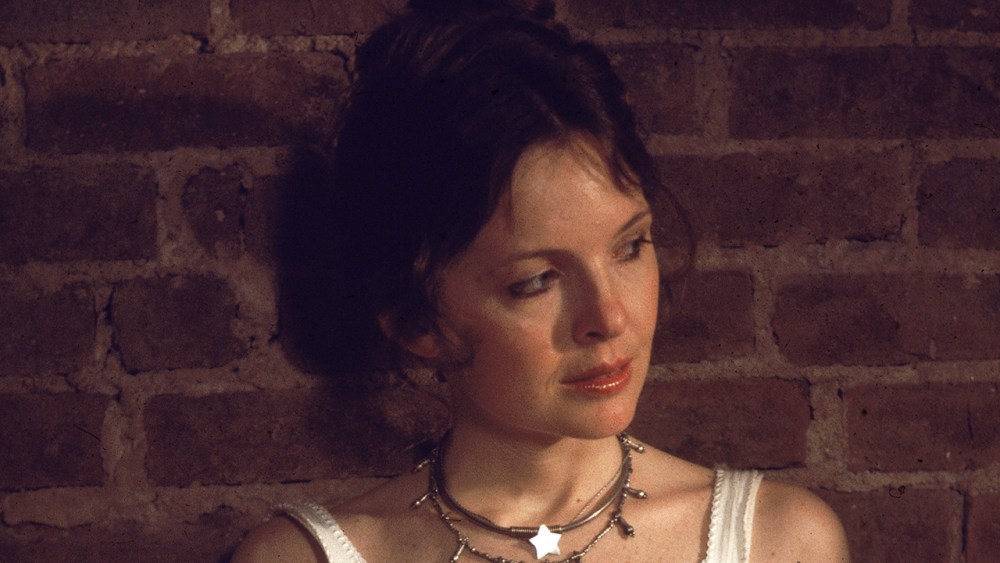
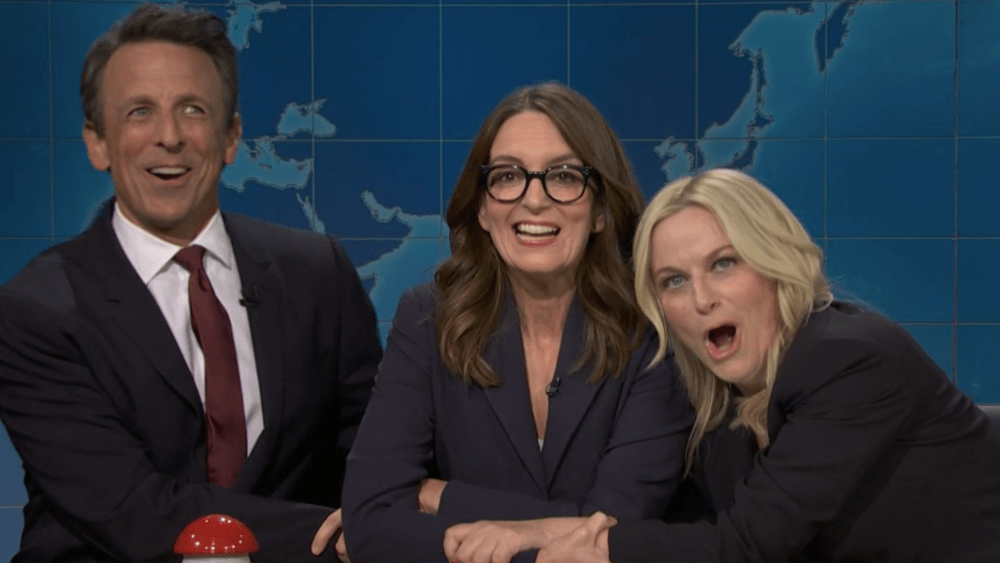
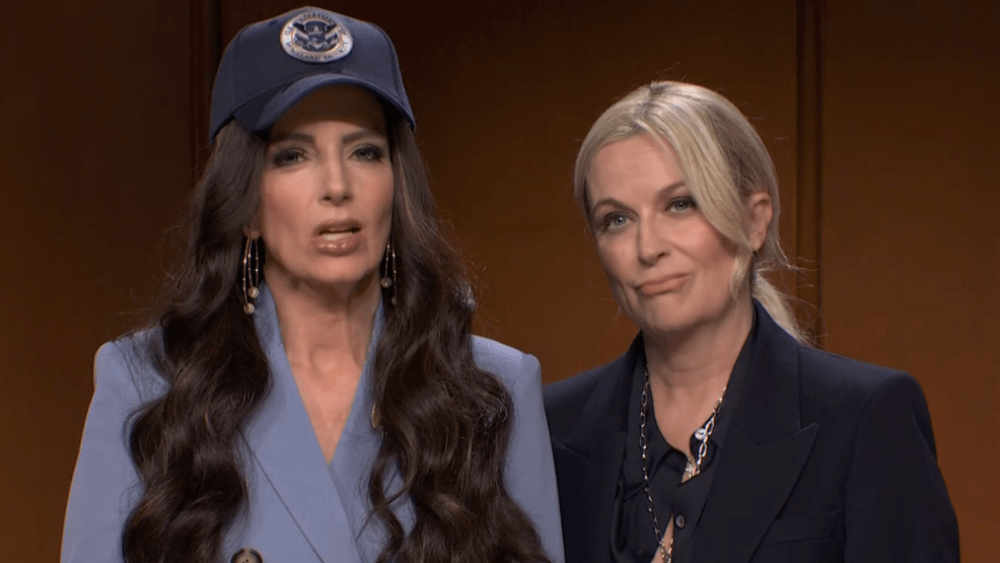
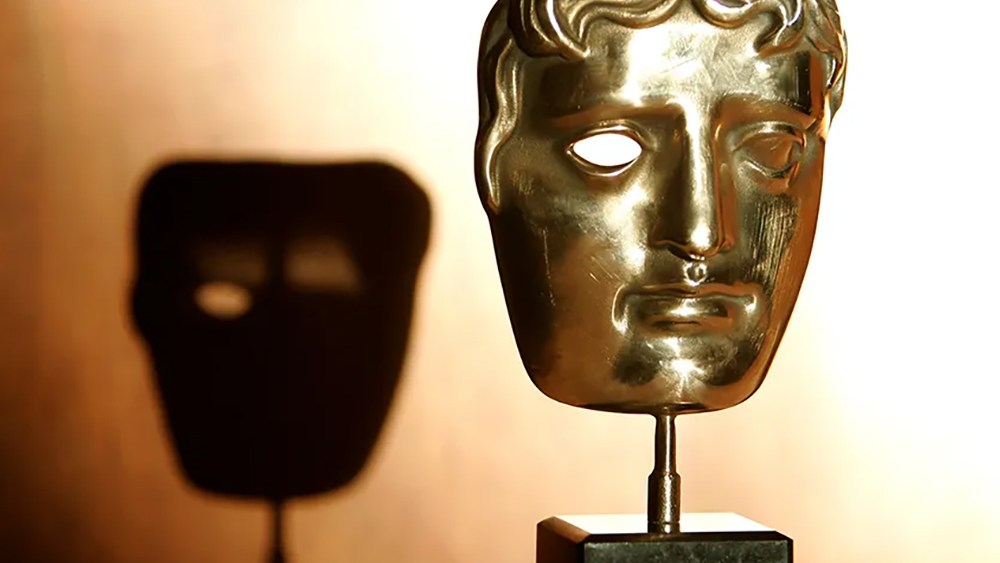
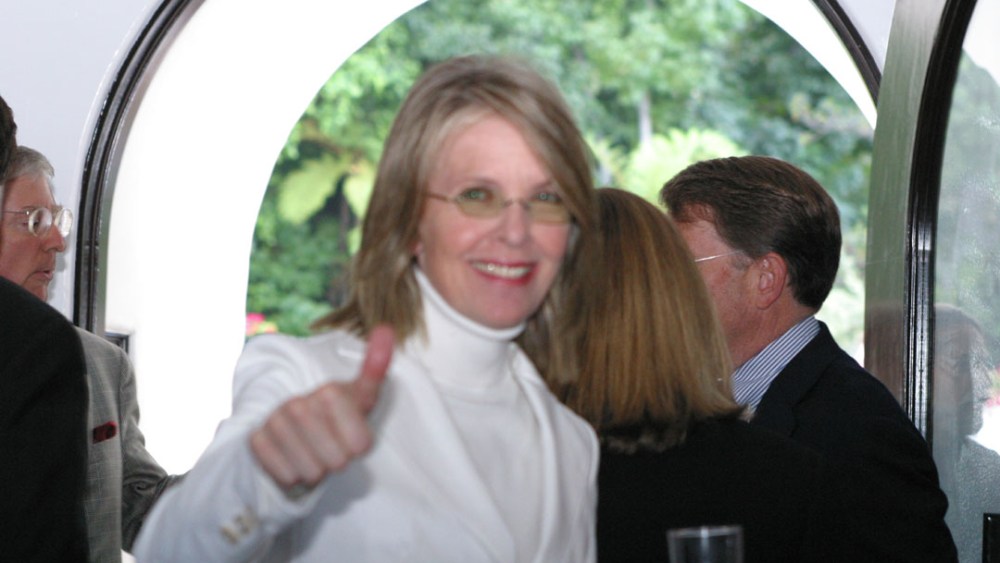

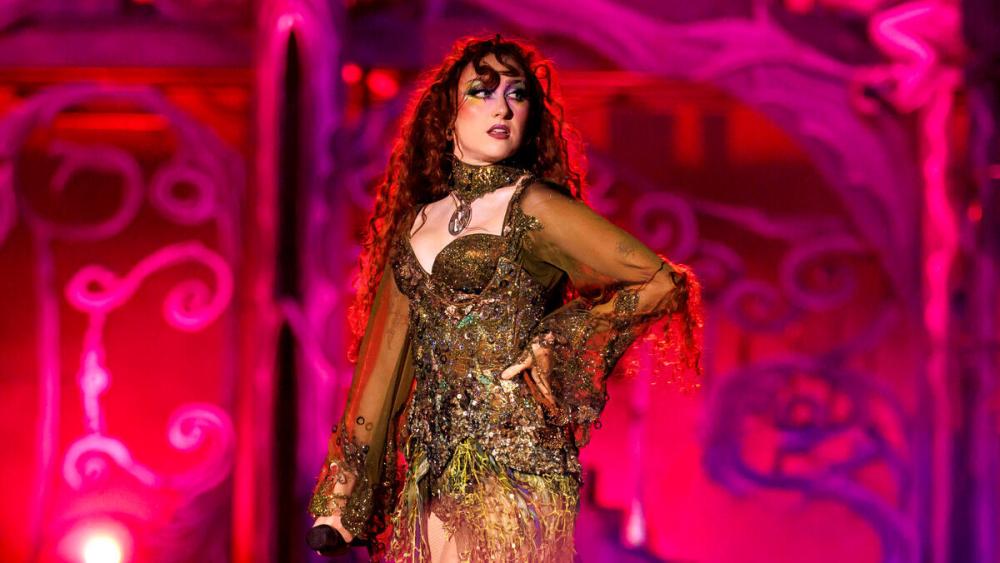
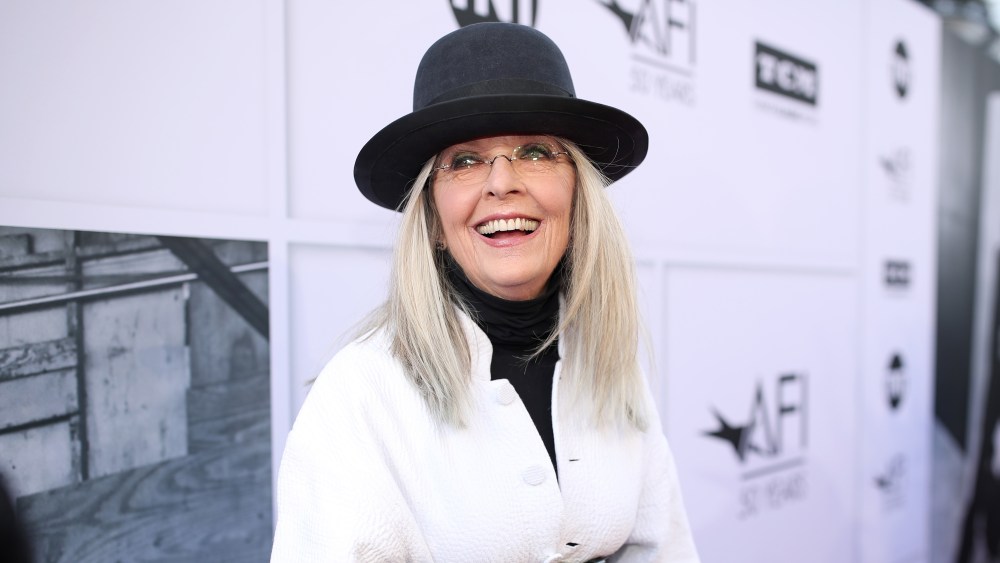
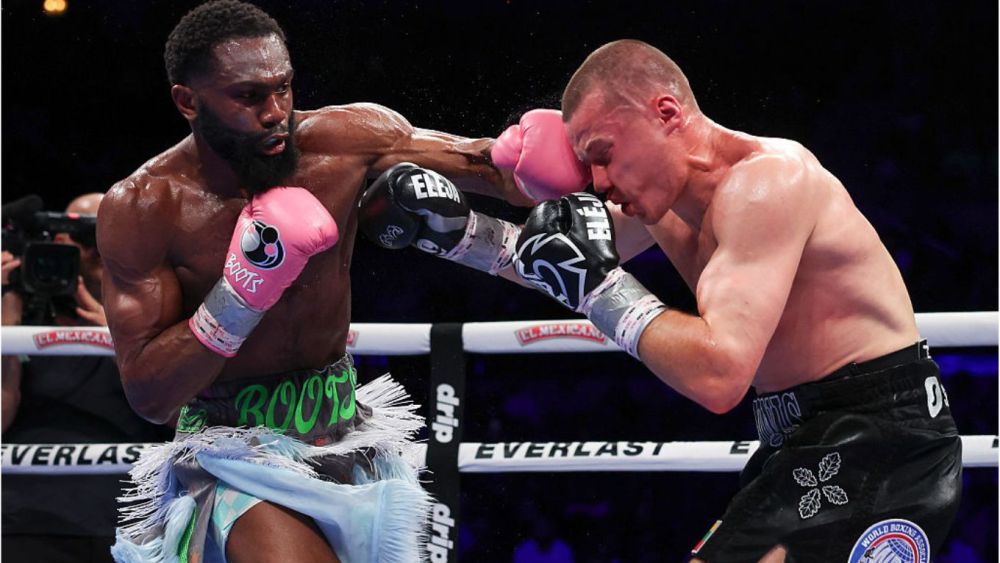
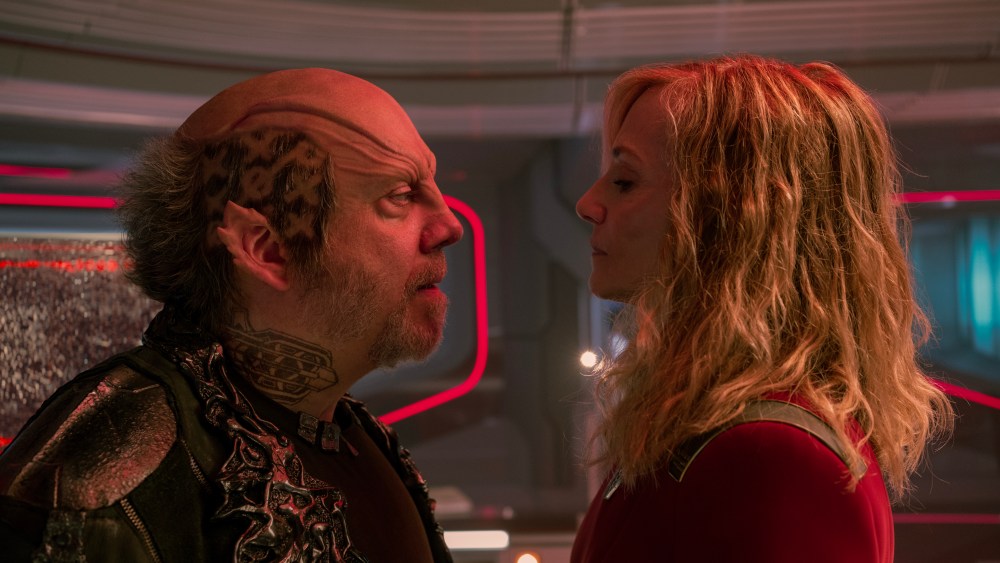
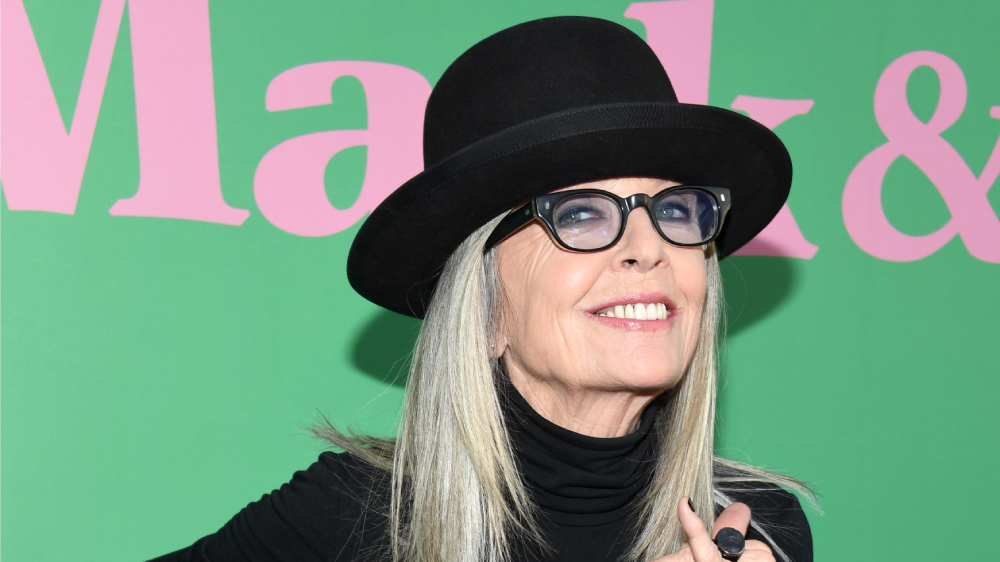
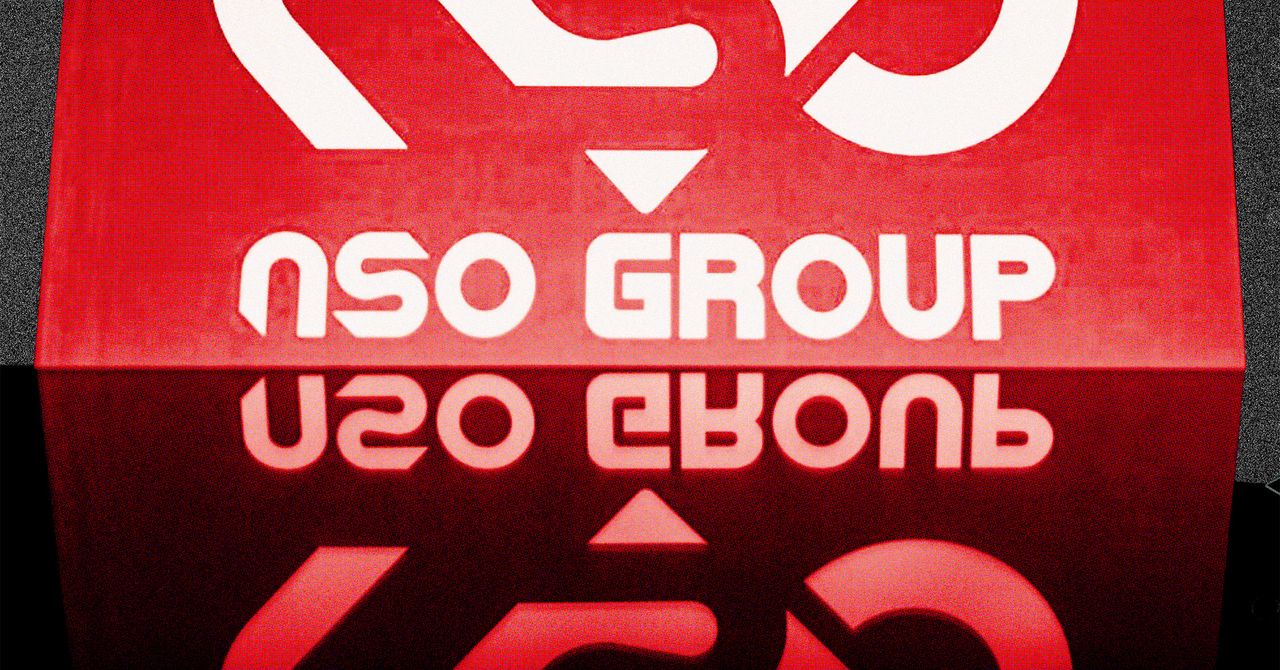
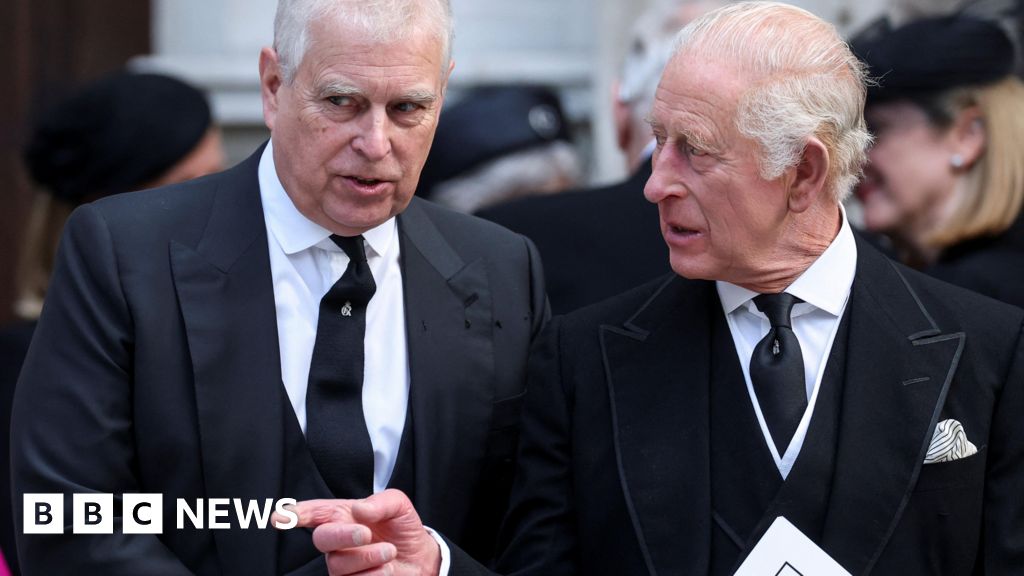
Leave a Reply